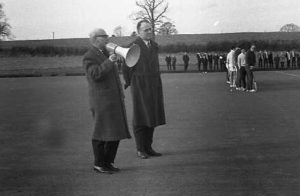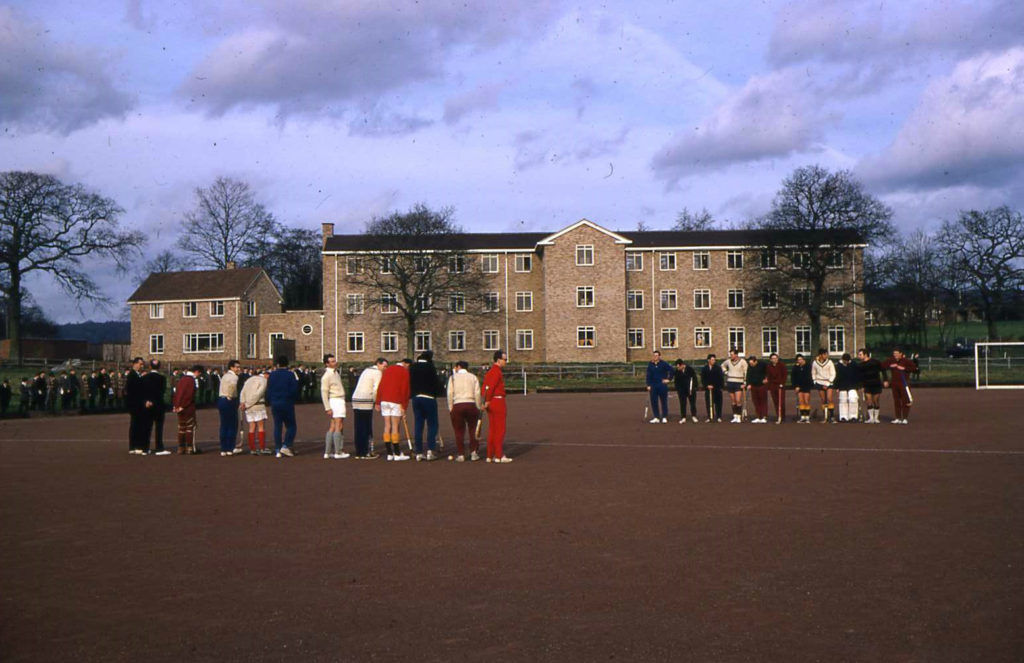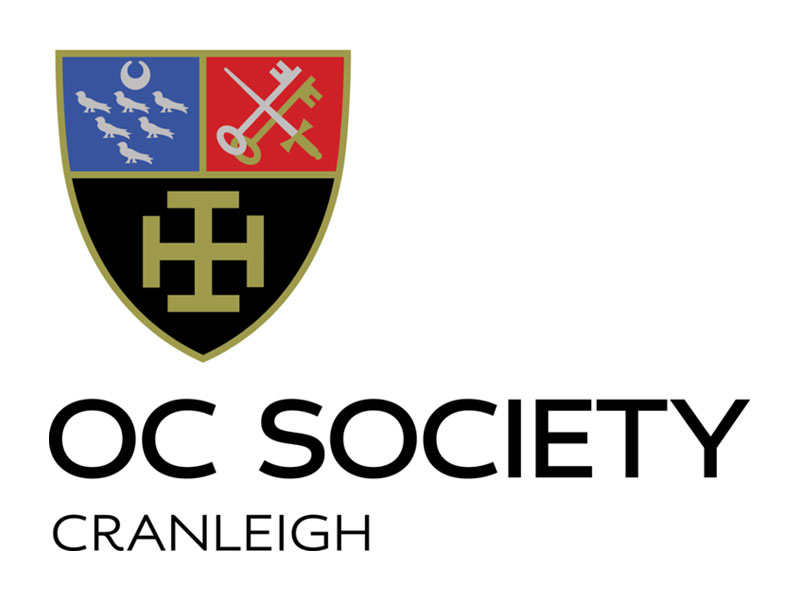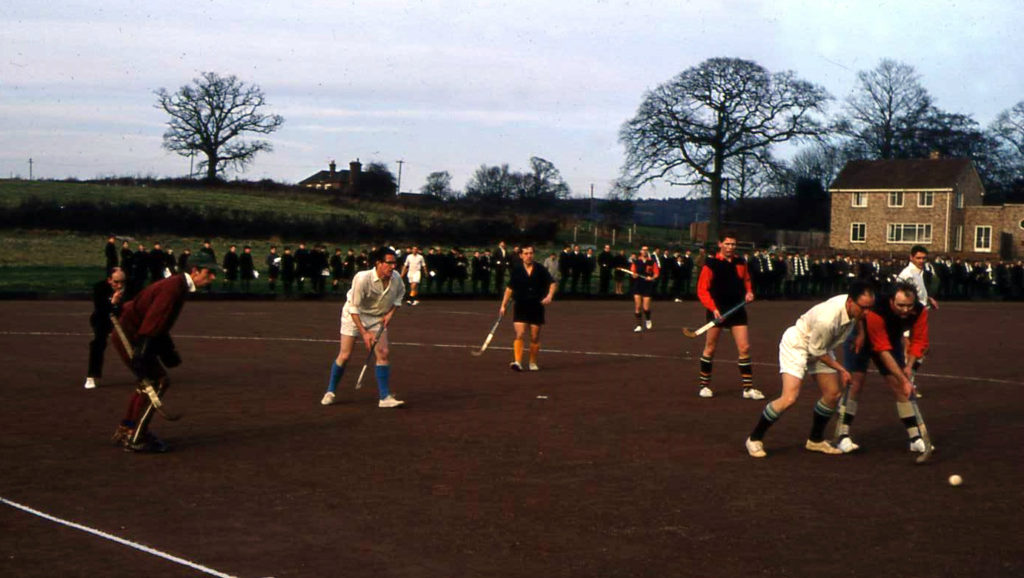On February 1, 1968 Cranleigh hockey took a step into the future when the School’s first all-weather pitch was opened on what is now Marcon.
The pitch, known as the Redgra, was a hard surface covered in fine pinkish-red gravel which drained well and could cope with all but the hardest frost. For a generation of Cranleighans it allowed sport in bad weather; it also provided hours of pain for anyone unfortunate enough to fall over on it, as the gravel burrowed its way into knees and elbows, necessitating grim grain-by-grain extraction from cuts using tweezers.
Cranleigh had started playing hockey in 1919 but the heavy clay on which the school stands meant that often rain and frost rendered the pitches unusable, and even when they could be used, for much of the Lent term they were heavy and muddy. Alternatives were found for practice, usually tarmac tennis courts next to the Fives courts or, until 1960, the tarmac area to the south of the old gymnasium on which the Woodyer Art Centre now stands.
There had been calls for an all-weather pitch for some time, and in 1966 a decision was made to do something about it. Writing to parents in April, the headmaster, David Emms, said: “I am now convinced that the first priority in this matter should be the provision of a full-size all-weather hockey pitch. These pitches, whose surface resembles that of the red hard tennis court well known to many of you, have been installed at several schools, and have immediately proved their worth. They can be used very soon after heavy rain, and require little maintenance. I believe that if we could have a pitch of this sort, the frustrations caused by inclement weather during the Easter Term would largely disappear.”
The initial cost of the pitch was £4500 – around £80,000 today – and work began in June 1967; tellingly that Lent all hockey had been limited to Jubilee as the Lowers were a bog all term. The cost was reduced because of the kind involvement of a parent – Mr McKnight – who handled the construction.

The Cranleighan reported “the pitch consists of a base coat of ballast 4-6″ thick covered with a coat of ash. The final surface is 1″ of consolidated Redgra … The Pitch has its own sub-soil drainage consisting of 6″ and 4″ drains and has been liberally dressed with weedkiller”.
The readgra surface had the additional benefit of being able to be used for tennis in the summer, and they immediately showed their worth when a wretched May and June rendered the school’s grass courts completely unusable.
Former England captain and president of the Hockey Association Robert Fison formally opened the pitch and a match between a Cranleigh Scorpians XI (mainly players from the OCHC) and an Invitational XI, containing several recent internationals, followed.
The game was woefully one sided as the Invitational XI won 9-1. A report noted that “except for brave goalkeeping by Phelps, and the missing of many openings, the score would have been enormous”.
The Guardian sent down a journalist who wrote: “British hockey has suffered throughout its history from being played on variable and often dreadful, surfaces. The development of stick work, clean accurate hitting and stopping, needs confidence that the ball will run smooth and true, and also that balance can be maintained. What a relief for wings to be able to stop hard passes, and for fast centres to be gathered and not missed as, more often than not, they are on the average pitch. This Redgra pitch played beautifully, and is a rare tribute to the labour and skill of those responsible.”
There had been an informal opening a few weeks earlier. On Boxing Day 1967 Mike Payne got up a side to play a David Emms XI. “We included a wife or two or three,” Payne recalled. “The pitch had not settled, and it was like playing on soft sand – hit too low and it was like a bunker shot!”
A second redgra was added in 1979 – Pickup – and the original lasted until 2005 when it was replaced by a new astroturf.


